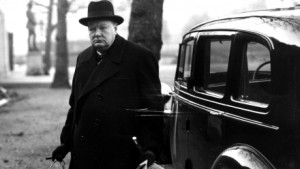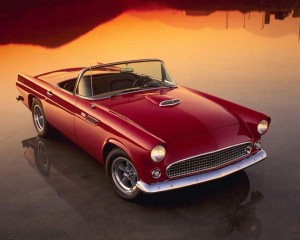Learning how to restore a classic car on a budget only requires a few simple steps, but implementing them will take time and budgeting. Time is an important factor in full restoration projects since it can take around 1,000 hours to fully restore a classic car. You’re going to need a lot of parts which won’t always be easy to find and will cost significant sums of money. However, there are ways to accomplish the task without breaking the bank.
Finding Your Car
First of all, you need a vehicle to restore. Talk to other classic car enthusiasts who may be aware of a potential project, look at magazines and check any online ads. Don’t be in a hurry to make a choice. The more work you have to do, the longer it will take and the more you’ll spend on parts.
Finding Parts
You need a number of replacement parts when you restore a classic car. If you’re lucky, you will be able to salvage some of the parts already on the car and in the engine. However, there will still be a lot of items that you’ll need to buy. Contact vehicle salvage centers in your area to see if they have a similar vehicle. If so, find out what parts are available.
Restoring Your Car
The only way to restore a classic car on a budget is to do the work yourself. That means you need a place to do the work, such as a garage, where the vehicle is shielded from the weather. You also need a full range of auto tools, the owner’s manual and plenty of experience. Talk to friends or other enthusiasts who have restoration experience and might be willing to help or teach you. Keep money aside for a professional paint job to finish the vehicle, although you can do the priming of the body yourself. This will save on the overall paint costs.
Expect to take about a year to restore a classic car. Don’t try and rush the project. Always take time to locate the cheapest sources for parts before you buy and do as much of the work as you possibly can yourself.
For more on how to restore a classic car on a budget, visit the source of this article here: http://www.carsdirect.com/classic-cars/how-to-restore-a-classic-car-on-a-budget

 James Hull, 53, who founded the James Hull Associates chain of dentists, owns more than 450
James Hull, 53, who founded the James Hull Associates chain of dentists, owns more than 450  Just because a car is a vintage model in perfect shape does not make it eligible to be called a classic car. This is a very specific term that only applies to certain cars built over one 23-year period. Of course, uninitiated people apply the term more widely, and governments use the term “classic car” to describe which cars can carry antique vehicle license plates.
Just because a car is a vintage model in perfect shape does not make it eligible to be called a classic car. This is a very specific term that only applies to certain cars built over one 23-year period. Of course, uninitiated people apply the term more widely, and governments use the term “classic car” to describe which cars can carry antique vehicle license plates.